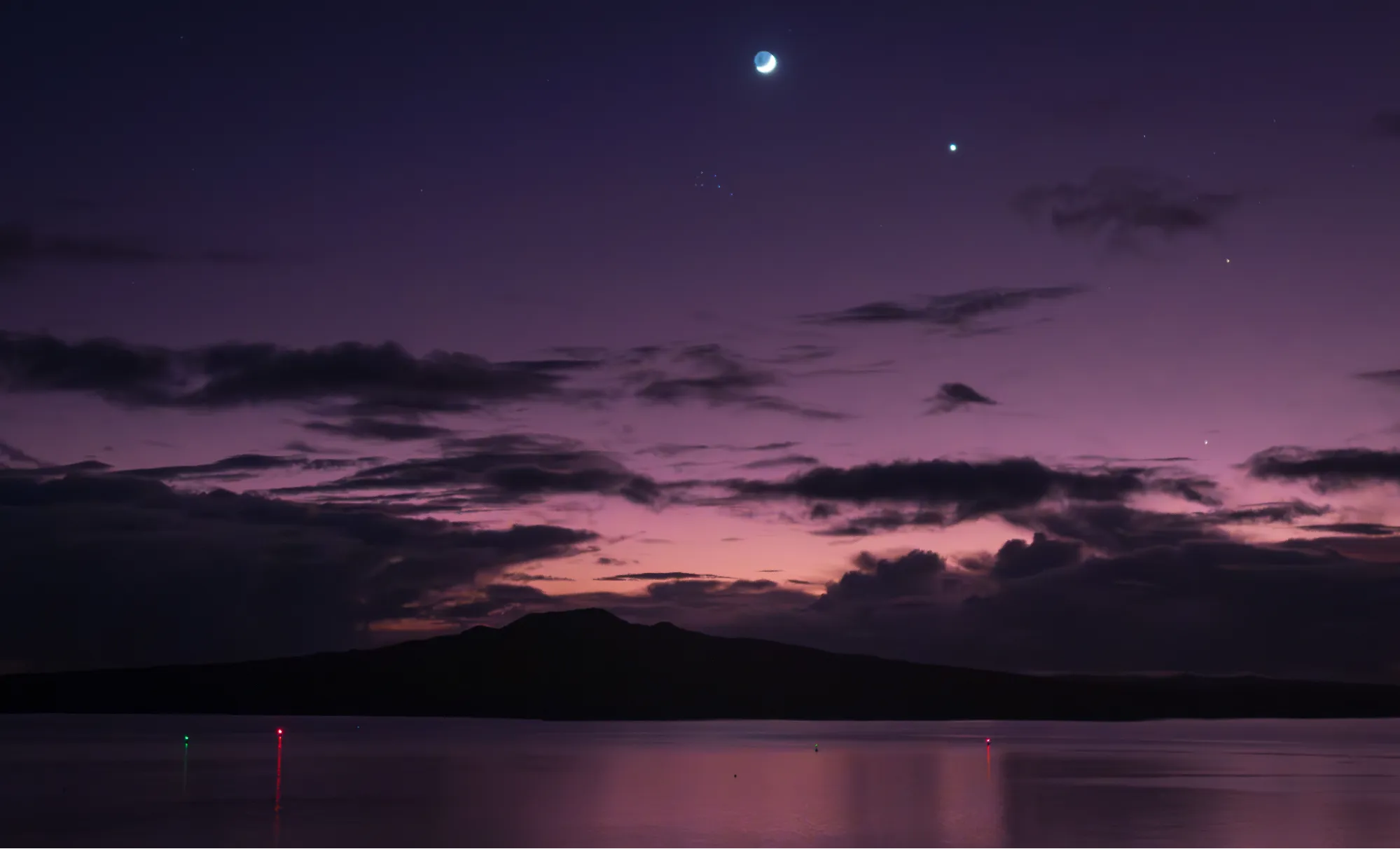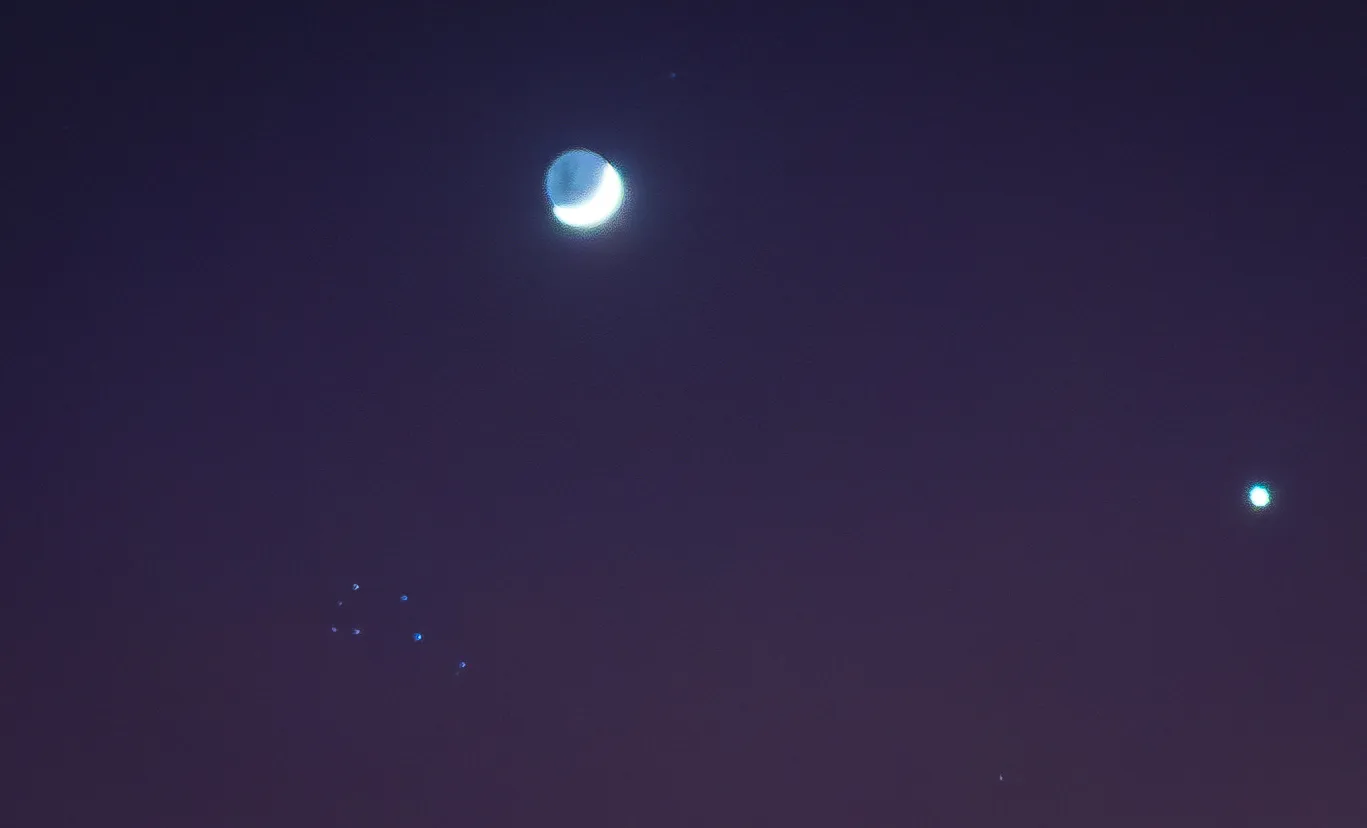Matariki 2024
Craig Shearer - 24th June 2024
Most kiwis will be aware that this coming Friday is a statutory holiday, the recently introduced Matariki day - being on Friday June 28th.
Matariki celebrates the start of the Māori New Year, and is signified by the reappearance of the cluster of stars known as Matariki, but also known as the Pleiades (the Seven Sisters).
This past Friday, my wife’s work was holding a special team event to celebrate Matariki - yes, a week early - which involved getting up very early and meeting at Bastion Point, near the Michael Joseph Savage memorial. We arrived in Mission Bay before 5:30am, and then headed up to meet as a group, and with Mihaere Emery, who runs a specialist advisory service based around Māori cultural practices. Mihaere led the celebration and instructed us on various Māori traditions and the significance of Matariki.
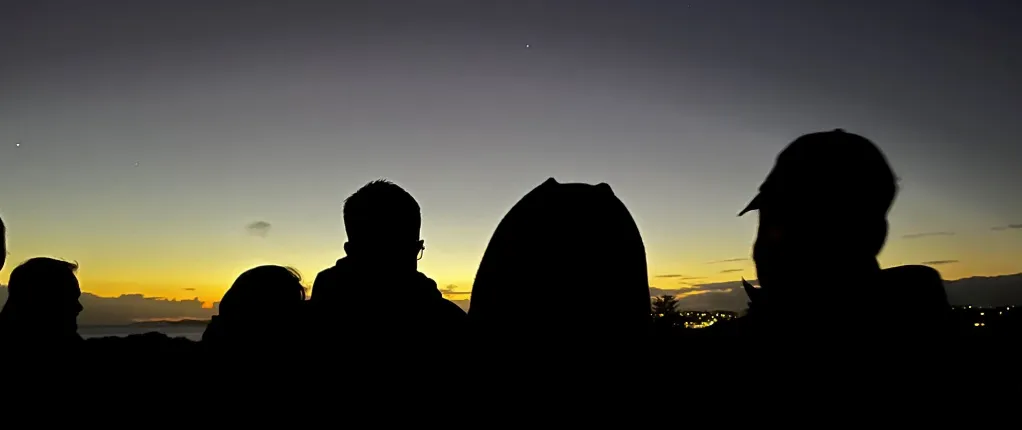
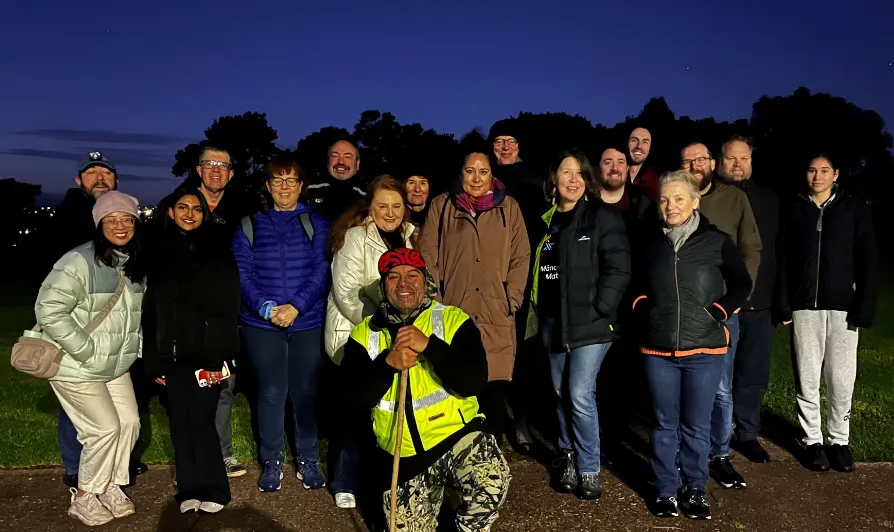
You can see me in the pic, with the reflection off my glasses making me look a little like Geordi La Forge!
In Māori tradition, nine main stars are identified, with names being given to each one - Pōhutukawa, Tipuānuku, Tipuārangi, Waitī, Waitā, Waipunarangi, Ururangi, Hiwa-i-te-Rangi, and Matariki. You can read about the cultural significance of each of the named stars on the Te Papa site.
From an astronomical perspective, the nine stars are just those that are bright enough to be visible to the naked eye. It’s estimated there’s likely 500 to 1,000 stars that are actually part of the cluster which can be seen with a telescope or binoculars. And, of course, a constellation is just a human-perceived grouping of stars that appear to be together from our perspective. In reality, each of the stars in the cluster is many light years distant from the others in the cluster, some closer to us and some further away.
The Matariki constellation is visible in the night sky for 11 months of the year, but disappears during part of May and June, then reappearing again in late June - and it is this reappearance that has significance for Māori, marking the start of the year.
The Māori calendar - Maramakaka - is a lunar-based calendar with 354 days, being 11 days short of the Gregorian solar calendar. I don’t fully understand the maths, but to make it work and align with our passage around the sun, every three years an additional month, 33 days in length and known as Ruahanui, is added to make it align. This is similar to the concept of leap years, though obviously leap years are smaller changes due to the Gregorian calendar being closer to the actual length of a solar year.
Because of alignment with the Māori calendar, the Matariki statutory holiday will move around, but will always be in June or July. Over the coming years, it will be celebrated as late as the 19th of July (2041), and as early as the 20th June (2025).
So, back to the early morning event this past Friday… We formed a small group of about 20 people attending. It was a chilly morning in Auckland, around 8 degrees. Many of us felt the cold (and I swear it took at least an hour afterwards until my feet had warmed up again!), but we did a little moving around in a circle in response to a fun exercise learning some new (to me) Māori words for directions.
Mihaere gave us a talk about Matariki and its significance. I have to say there were some dubious claims made during the talk. Of course, Matariki is culturally significant to Māori and has various spiritual connotations. Amongst those claims were that the brightness of Matariki predicted how the world was going - that when it was bright, the world was doing well, and when it was dull the world was doing badly. I admit my understanding is likely limited, though from a scientific perspective, the closest Matariki star is “just” 444 light years away!
Of more concern was the claim that he perceived that the world had shifted by 20 degrees. I wasn’t sure what to make of the claim, but Mihaere went on to say that he’d looked it up online and, sure enough, he was right. In my head, I was screaming “citation needed!”
Speaking to my wife about the event, she said that there was some discussion amongst her workmates afterwards about that particular “fact”. The general consensus was that they thought it would have been bigger news had the world actually shifted by 20 degrees. I’m sure we’d all have noticed that the seasons were suddenly more pronounced.
Anyway, it’s of course never a good look to disrupt an event of cultural significance by being a dick. As skeptics, we should acknowledge that many cultural traditions are based upon pre-scientific understanding of the world, but enjoy the celebration.
As for the group on Friday, the event was an opportunity to gather together and reflect, and to learn a little more about the indigenous culture we’re part of. And, at the end, we all partook in some amazing kai - very well catered with warm pork and onion rolls for breakfast. Yum!
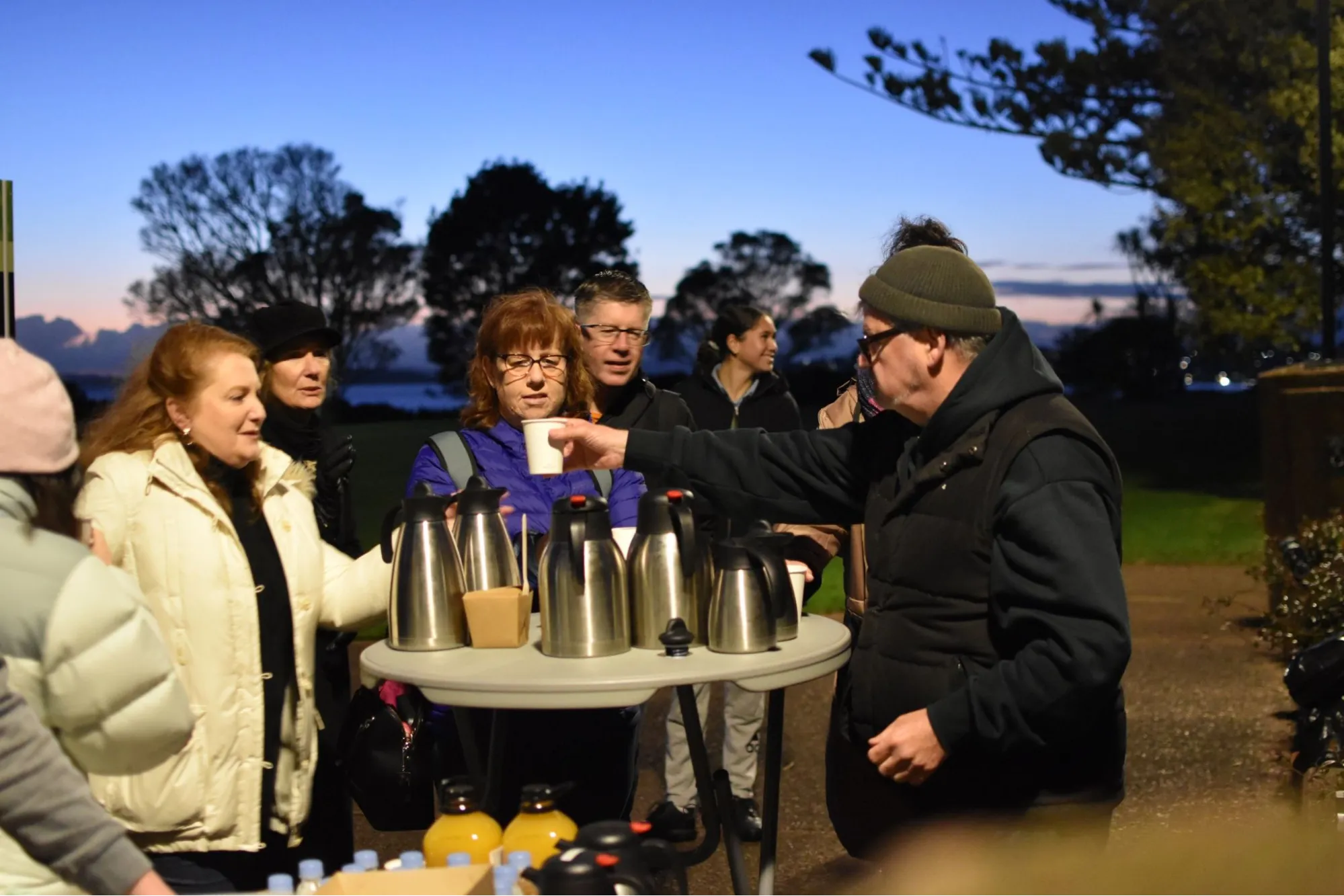
Auckland isn’t the best place to view Matariki, especially from the inner city, with its attendant light pollution. In the end, I don’t think we actually got to see much, though several of the team claimed to be able to see it.
If you want to view Matariki, it’s best visible in the early morning before sunrise, looking to the east. Here’s a shot I got back in June 2022. Matariki is visible just below the moon, along with a heavily cropped version so you can actually see Matariki:
